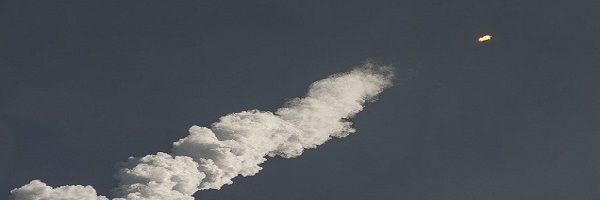The Sea-to-Space interception capabilities raise concerns in China and Russia as Hyper-sonic Missile development goes forward.
THE INTERCONTINENTAL BALLISTIC missile (ICBM) took off from Kwajalein Atoll in the middle of the Pacific Ocean on November 17th. American satellites spotted its bright plume at once. They alerted Schriever Air Force Base in Colorado which in turn informed the USS John Finn, an Arleigh Burke-class destroyer poised north-east of Hawaii. A hatch on the deck flipped open and spewed out a torrent of flames as an SM-3 Block IIA interceptor shot up and out. High above the Earth, it collided with the descending ICBM. It was the first time an interceptor fired from a warship had shot down a (mock) ICBM in space. “Politically this test is a big deal,” says James Acton of the Carnegie Endowment for International Peace, a think-tank. Russia and China have always complained that American missile defences undermine their own deterrents. America has always batted away those concerns. When the SM-3 was developed, America first said it would protect aircraft-carriers, and later that it would shield Europe from Iranian medium-range missiles
https://www.economist.com/
For the first time, an American warship has shot down a mock ICBM in space. That opens a can of worms https://t.co/7kLL5UsOb7
— The Economist (@TheEconomist) November 19, 2020

